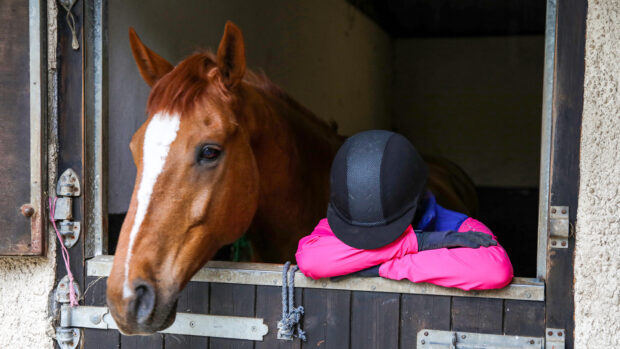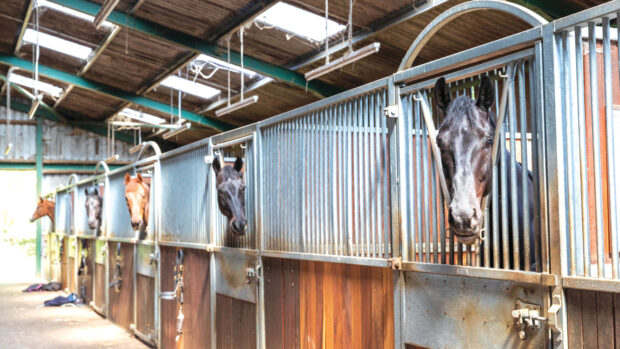Running a livery yard is many a horseowners’ dream , but alongside the satisfaction of working with horses is long hours and hard work – so is it worth it?
Anyone can set up a livery yard. Unless it runs in conjunction with a riding school, when it must be licensed and inspected, there are no regulations apart from those of the local planning authority.
However, that may change. The British Equestrian Veterinary Association (BEVA), along with the British Horse Society, the RSPCA and the ILPH, wants to see better regulations and is working with the Department of Environment,Food and Rural Affairs (DEFRA) to achieve this.
Common sense dictates anyone setting up as a yard proprietor should have plenty of practical knowledge and experience of dealing with all sorts of horses. A recognised qualification, such as the British Horse Society stable manager’s certificate, is an advantage.
Unless you keep your horse at home, and are simply looking for a single livery to keep him company, your first need is to find the right premises. Whether you own a suitable property, or plan to buy or rent one, check with your local planning authority to see if you need permission for change of use. In most cases, you will also need permission to install facilities, such as an arena.
Making the dream work
If you aim to make liveries your sole income, don’t expect to get very rich. Maintenance, grazing and facilities are expensive. There are also essential costs that you might not automatically think of, such as insurance.
“The two vital areas are public liability and care, custody and control,” says David Buckton, Associate Director of South Essex Insurance Brokers (SEIB). “You should also consider personal accident cover because, if you break a leg, you’re going to have to paysomeone else to do the work.”
Basic annual public liability cover of £2million, a minimum you should consider, would cost £210 for up to 20 liveries through SEIB. This would cover you if, say, a horse escaped and caused damage or injury.
Counting the pennies
Cover for care, custody and control is just as important. Barrister Julie Mackenzie, author of Horse Law (J A Allen) says it is vitally important there is a written agreement between the yard owner or manager and client. This should set out everything from the basis of the livery to payment and rules on turnout and use of facilities.
On the financial side, the cost of a good accountant will save you hassle as well as money. As chartered accountant and horseowner Linda Wiggins explains, you’ll learn not only the most efficient and simple way to keep your books, but also receive advice on business expenses you can claim.
“These can include expenses for things such as work clothes and employing staff,” explains Linda.
For more advice on running a successful livery yard, see the February issue of HORSE magazine, on sale now.
Click hereto subscribe to HORSE magazine at special online rate



